The Right Lens For The Job
October 19, 2017 by Marie Joabar
As your photography grows, you may find you need different or better lenses to give you more flexibility with exposure and composition.
When people ask “which lens should I buy?” I always ask them, “what is your current lens not doing for you?” Perhaps it’s not getting you close enough or wide enough or maybe the aperture could be wider so you don’t need to raise the ISO as much, or maybe it doesn’t focus close enough, etc. You get the idea.
You need a new lens when the one you have isn’t doing something that you need it to.
Which lenses to use depends on what you photograph and there’s nothing better than having the right tool for the job! We hope this list based on the different types of photography will help you determine which new lens you might consider.
ARCHITECTURE AND REAL ESTATE
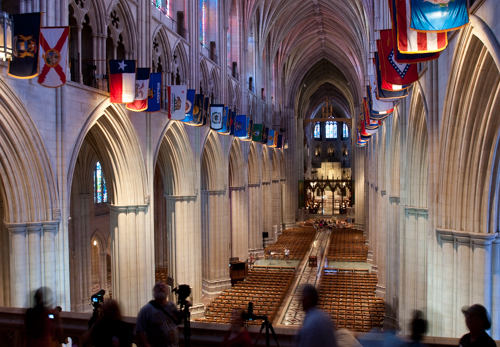 Wide-angle lenses rule when it comes to this type of photography. These can be found as prime lenses or as zooms (see below for more info on primes and zoom).
Wide-angle lenses rule when it comes to this type of photography. These can be found as prime lenses or as zooms (see below for more info on primes and zoom).
For zoom range offerings you may find such focal lengths as 11-17, 12-24mm, 17-35mm, etc. The lower the number the wider your field of view, the more you can include in the frame; from side to side but also from floor to ceiling. If you tilt your camera when you’re using a wide-angle lens, you’ll cause distortion and with architecture, we’ll see this as converging lines or tilting buildings.
Other great lenses for architecture are Perspective Control (PC) lenses, or Tilt-Shift lenses. With these, the lens can be moved parallel to the sensor which reduces the converging lines when photographing tall buildings. These are quite pricey but you might find a used lens which will have a lower price tag.
WEDDINGS AND ENGAGEMENTS
Wide aperture lenses are ideal as they let in so much light (great when you’re in the church or wedding hall). Consider a range from 18 or 24 to 200mm such as the 24-70mm f/2.8 and 70-200mm f/2.8 lenses. Other handy lenses for this type of shooting could be a 50mm f/1.2 or 1.4, mainly for detail shots, and 85mm which is great for portraits.
PORTRAITS
We usually find portrait photographers using wide aperture lenses to nicely blur the backgrounds allowing their subject to shine. Primes such as a 50mm, 85mm (and even a 35mm on a crop sensor camera) will work well. Longer lenses also work well allowing the photographer to shoot further away (physically) from their subject, they distort the background beautifully.
MACRO WORK
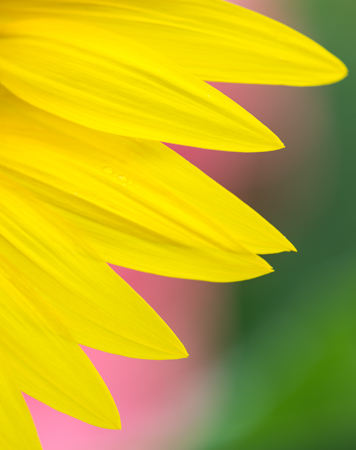 Many lenses today offer “macro” capabilities which allows for closer focusing. However, only a true macro lens will give you a 1:1 reproduction ratio (the image on the sensor is the same size as the subject itself). Macro lenses, although pricey, offer superior image quality and edge-to-edge sharpness.
Many lenses today offer “macro” capabilities which allows for closer focusing. However, only a true macro lens will give you a 1:1 reproduction ratio (the image on the sensor is the same size as the subject itself). Macro lenses, although pricey, offer superior image quality and edge-to-edge sharpness.
You may see focal length options such as 60mm, 90mm, 105mm 150mm or 200mm. The focal length determines how close or far from your subject you want to be. For example, if you’re photographing coins or jewelry, a 60mm macro might work fine but if you’re doing bugs or snakes, a 200mm might be better.
WILDLIFE AND BIRDING
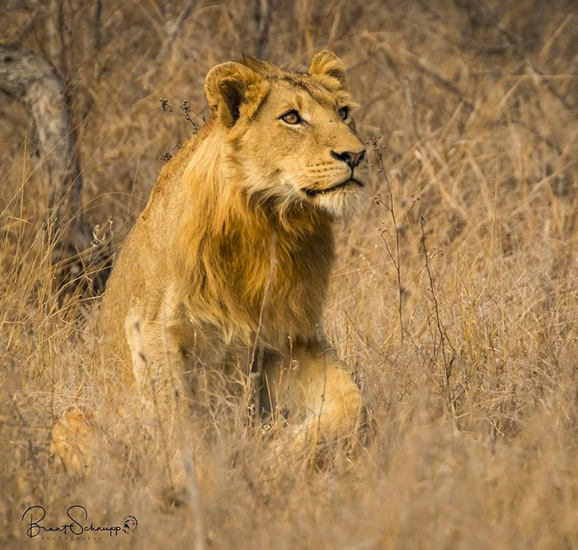 For birding and wildlife a telephoto lens is needed. The focal length should be determined by how much magnification you need and your budget. Size and weight are also important considerations.
For birding and wildlife a telephoto lens is needed. The focal length should be determined by how much magnification you need and your budget. Size and weight are also important considerations.
Although there are some nice zoom telephotos, such as 70-200mm, 70-300mm, or 55-200mm, these are really considered good all-purpose telephoto zoom lenses and are great for travel and landscape photography. For wildlife and birding, you’ll do better with longer focal lengths of 300, 400, or 600mm. These are large, heavy and quite pricey due to the quality of elements and technology in design. Consider renting them when you need them unless you photograph these subjects on a regular basis.
Also consider Extenders: When your telephoto isn’t long enough, or weight or cost factors prevent the purchase of a larger lens, consider using an extender or a tele-convertor.
- These fit between the body and lens and come in the range of 1.4X and 2X increasing the focal length accordingly. - The trade-off is the loss of light by a stop or two, slower focusing speeds and a slight reduction in the quality of the lens.
- It is best to buy the camera manufactures brand as they offer the highest quality.
- They are matched specifically to lenses and lens types so before rushing out to buy one, make sure it will work with your lens.
Photo of lion courtesy of Brent Schnupp
SPORTS
The lenses for sports falls right along with the wildlife and birding lenses (but not the extenders). Additionally, carrying a wider focal length lens is a good idea for the team shots before and after the game.
TRAVEL and LANDSCAPE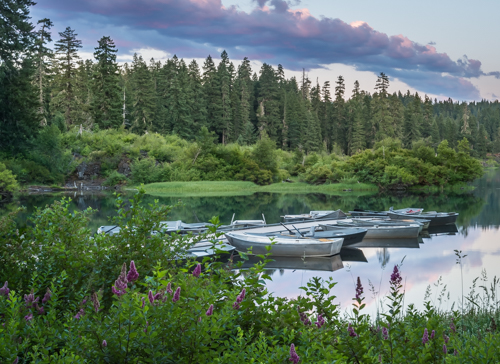
A combination of lenses in the range from 18mm to 200mm will cover you nicely for most of your travel or landscape shots. Wider focal lengths give you greater depth of field and less blurring which is what you want for your grand landscape shots.
Longer range lenses such as 200mm let you zoom in tight on the details and they can give you extreme blurring to remove distractions. They also compress space bringing the background nearer to your subject.
Some manufacturers offer a super zoom lens and these can be ideal when you need to travel light or simply don’t like to change lenses. Typically, these aren’t quite as sharp at all focal lengths and are a bit slower in terms of the amount of light they let in. These lenses can be found in the range of 28-300mm, 18-200mm, 18 – 270mm, 16-300mm, etc. These are made by camera manufactures as well as some third party brands such as Tamron and Sigma.
OTHER CONSIDERATIONS
- Prime or Zoom: A “prime” lens has just one focal length and can be found from extreme wide angle such as 10mm to the super long telephotos used on the sidelines in sports like the 300mm or 400mm lens. Zooms lenses offer a range of focal lengths and are handy as they reduce the need to change lenses often.
Because there is just one focal length in a prime lens, they are easier to build, lighter in weight, and may cost less than most zoom lenses. The biggest appeal of prime lenses is their ability to gather a large amount of light due to their being built with a large aperture opening. This is especially useful when shooting in low light or in situations.
- Fixed or Variable Aperture: When looking at lens options, you may see two lenses with the same focal length but with a considerable difference in size, weight, and price. This is because one has a fixed aperture while the other lens’ aperture will vary with the zoom range.
A fixed aperture lens allows you to keep the aperture all the way open regardless of how much you zoom.
A variable aperture lens cannot keep the aperture all the way open when it is zoomed, it usually closes by a stop or more.
Today more than ever we have a vast assortment of lenses to choose from. Your best choice is going to be the lens that matches your shooting needs and your budget. Check out the line-up offered from your camera manufacturer, look for used gear (especially on the pricier lenses) and consider renting a lens so you try before you buy.
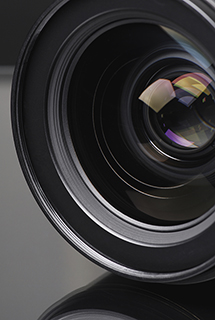 Helpful Links
Helpful Links
These manufacturers websites offer some helpful information pertaining to lenses.
Canon Lenses: https://shop.usa.canon.com/shop/en/catalog/lenses-flashes
Nikon Lens Line-up: http://imaging.nikon.com/lineup/lens/list.htm
Olympus: http://www.olympusamerica.com/cpg_section/oima_lens_shooting_guides.asp
Pentax: https://us.ricoh-imaging.com/index.php/lenses/k-mount-lenses
Sony Lens Info: https://www.sony.com/electronics/lenses
Tamron website: http://tamron-usa.com
Note: If you’re considering going from a crop sensor camera to a full frame one, consider the lenses you currently own and make sure they’ll fit and work with the large sensor camera.
